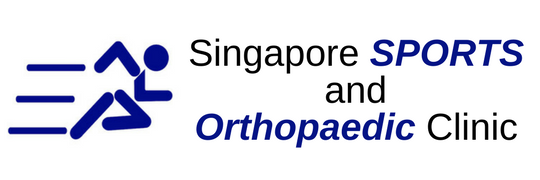What is Osteoarthritis?
Osteoarthritis is a common problem for many people after middle age. Osteoarthritis is sometimes referred to as degenerative, or wear and tear arthritis. It is the most common forms of arthritis. The disease causes cartilage breakdown found in joints. This breakdown removes the buffer between bones and the resulting bone against bone friction causes pain and eventual loss of movement. Bone spurs may form around the joint as the body’s response.
The symptoms of osteoarthritis are mainly pain, swelling, and stiffening of the knee. Osteoarthritis develops slowly, but may present with sudden attacks of knee pain. The pain of osteoarthritis is usually worse after activity. Some patients may have pain and stiffness on standing after a prolonged sitting period. Activities such as squatting and climbing of stairs become painful. In the late stages, the pain is worse with walking. The knee becomes difficult to straighten or bend fully.
How do you get it?
There are a wide array of factors that cause the development and progression of the disease.
RISK FACTORS INCLUDE:
- Aging
- Obesity
- Joint injuries (sports, work or accidents)
- Genetics
How do patient know they are suffering from it?
An individual must be diagnosed by a doctor. After a physical examination and full detailing of symptoms, the physician may also recommend X-rays to confirm presence of the disease. X-rays are very helpful in the diagnosis and may be the only special test required in the majority of cases. In some cases of early osteoarthritis, the X-rays may not show changes typical of osteoarthritis. If the diagnosis is still unclear, arthroscopy may be necessary to actually look inside the knee and see if the joint surfaces are beginning to develop changes from wear and tear. Arthroscopy is a surgical procedure where a small fibre-optic television camera is inserted into the knee joint through a very small incision, about 5mm. The surgeon can then move the camera around inside the joint while watching the pictures on a TV screen. The structures inside the joint can be examined with small surgical instruments to see if there is any damage.
What are the treatments?
- Weight management to relieve stress on weight-bearing joints
- Glucosamine Sulphate 1500mg per day
- Anti-inflammatory drugs and analgesics
- Injection of lubricants into the knee
- Arthroscopy to wash away the inflamed fluid, debris and loose fragments inside the joint. Abrasive-therapy to stimulate cartilage growth
- Osteotomy to straighten the leg to reduce the stress acting on the bad part of the knee.
- Partial knee replacements (unicompartmental knee replacement – replaces only the diseased portion of the joint)
- Total knee replacement (used when severe osteoarthritis is present)






